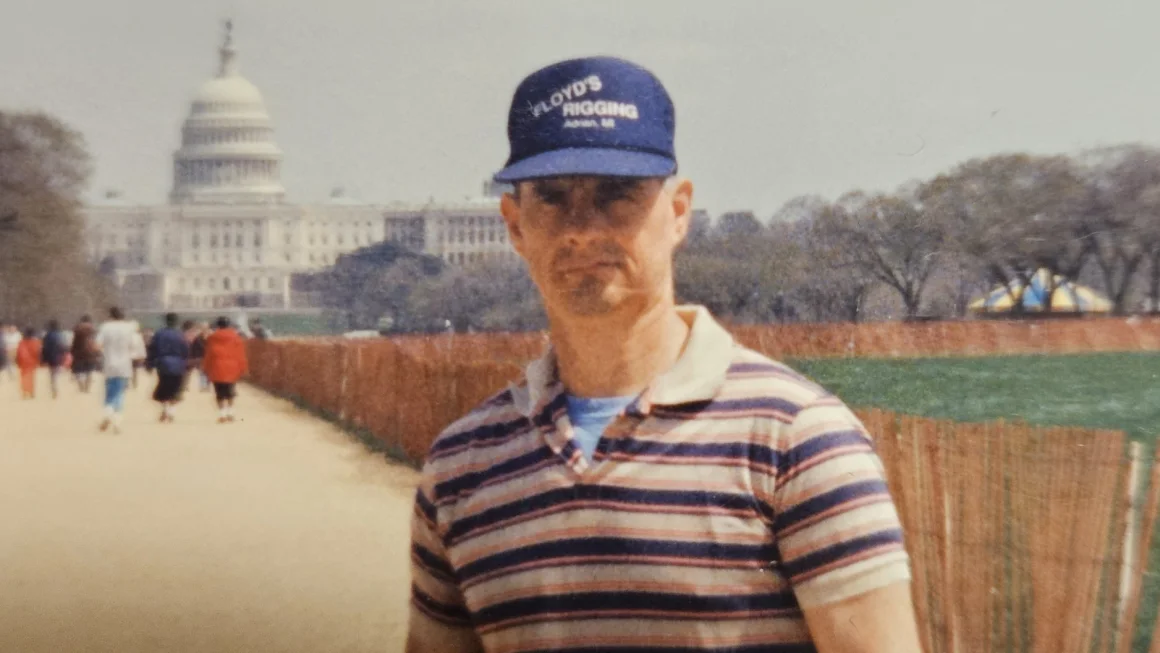Forensic Breakthrough Solves 15-Year-Old Hoover Dam Mystery
On a seemingly ordinary day in November 2009, two construction workers near Hoover Dam stumbled upon a chilling discovery—human bones. What began as a routine day quickly turned into a mystery that would haunt authorities for over a decade. Now, after 15 years, the remains have been identified thanks to advancements in forensic genetic genealogy.
Unexpected Discovery Near Hoover Dam
On November 11, 2009, while working on a highway near the Nevada-Arizona border, construction workers spotted what appeared to be a bone. Investigating further, they uncovered more bones, a red t-shirt, a pair of blue jeans, a black sneaker, and a green sleeping bag. Authorities soon confirmed that these bones were indeed human.
Despite intensive efforts by the Mohave County Sheriff’s Office and the Medical Examiner’s Office, the identity of the individual remained elusive. With no solid leads, the case soon went cold.
Reviving the Case Through DNA Analysis
In February 2022, Mohave County detectives took another look at the unidentified remains. Samples were sent to labs in Arizona and Texas for DNA analysis, but the results yielded no identification. However, in a surprising turn of events in April, a genetic lab in Texas, Othram Inc., received grant funding for forensic genetic genealogy and was able to apply it to this case.
This groundbreaking technique, which emerged in 2018, combines DNA analysis with traditional genealogy research to identify unknown individuals, allowing investigators to trace family lines and find possible relatives.
New Leads Uncover a Forgotten Past
In October, Othram’s analysis provided a significant breakthrough. Their findings connected the unidentified man to ancestors from Michigan, setting off a chain of inquiries. Investigators traced potential relatives of the deceased, eventually leading them to the family of William Herman Hietamaki.
Hietamaki, born in 1950 and known for his nomadic lifestyle, had been missing since 1995, last seen in New Mexico. Interviews with family members confirmed that they had not heard from him since he had embarked on his travels.
After conducting reference tests with his siblings, authorities confirmed that the remains were indeed those of Hietamaki, who had hitchhiked across the country for much of his life. The Medical Examiner’s Office estimates his death occurred between 2006 and 2008, though the exact cause remains unknown due to the condition of the remains.
A New Era for Cold Cases
The success of forensic genetic genealogy in solving this case highlights its potential in addressing unsolved mysteries. Since its debut, this technique has helped identify unknown victims in hundreds of cold cases, providing families with long-awaited closure. The method’s capacity to analyze and connect family histories through DNA has made it a revolutionary tool in the field of forensics.
Conclusion: A Case Finally Closed
After 15 years of uncertainty, the mystery surrounding the remains found near Hoover Dam has finally been solved. Through the dedication of law enforcement and breakthroughs in forensic science, William Herman Hietamaki’s story has come to light, offering his family some closure after years of unanswered questions. This case underscores the importance of continued innovation in forensic science, which may help solve countless other cases in the years to come.
